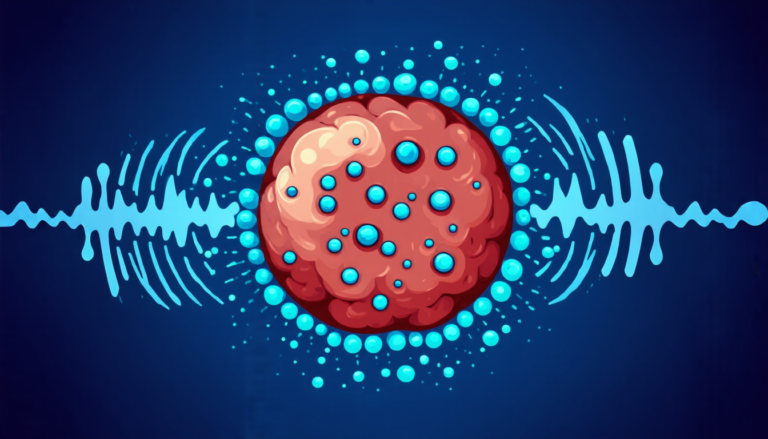Sunday 06 April 2025
The study of three-dimensional spaces has long been a fascinating and complex topic in mathematics. Recently, researchers have made significant progress in understanding the properties of these spaces, particularly when it comes to surfaces that can be deformed into each other.
One type of surface that has garnered attention is called a pseudo-Anosov surface. These surfaces are two-sided, meaning they have no holes or boundaries, and are characterized by their ability to be distorted in a specific way. Think of it like a rubber band being stretched and twisted: the surface can change shape, but it always remains connected.
Researchers have long been interested in understanding the properties of pseudo-Anosov surfaces because they are closely related to other important concepts in mathematics, such as topology and geometry. Topology is concerned with the study of shapes and their properties, while geometry deals with the measurement of sizes and angles.
In recent years, scientists have made significant progress in understanding the behavior of pseudo-Anosov surfaces. They’ve discovered that these surfaces can be compressed or expanded in a way that preserves their overall shape, but changes their size. This is important because it helps us understand how three-dimensional spaces behave under different conditions.
One of the key findings is that pseudo-Anosov surfaces are incredibly common. In fact, researchers have found that almost every three-dimensional space contains at least one pseudo-Anosov surface. This has significant implications for our understanding of the structure of these spaces and how they interact with each other.
Another important discovery is that pseudo-Anosov surfaces can be used to study the properties of three-dimensional spaces in a new way. By analyzing the behavior of these surfaces, researchers can gain insights into the underlying geometry and topology of the space. This has far-reaching implications for fields such as physics, engineering, and computer science.
The study of pseudo-Anosov surfaces is an active area of research, with scientists continuing to uncover new properties and behaviors. As our understanding of these surfaces grows, we may unlock new secrets about the fundamental nature of three-dimensional spaces and how they interact with each other.
In recent years, researchers have made significant progress in understanding the behavior of pseudo-Anosov surfaces. They’ve discovered that these surfaces can be compressed or expanded in a way that preserves their overall shape, but changes their size. This is important because it helps us understand how three-dimensional spaces behave under different conditions.
Cite this article: “Unlocking the Secrets of Pseudo-Anosov Surfaces: New Insights into 3-Manifold Dynamics”, The Science Archive, 2025.
Three-Dimensional Spaces, Pseudo-Anosov Surfaces, Topology, Geometry, Compression, Expansion, Shape Preservation, Size Changes, Mathematical Properties, Surface Deformation







